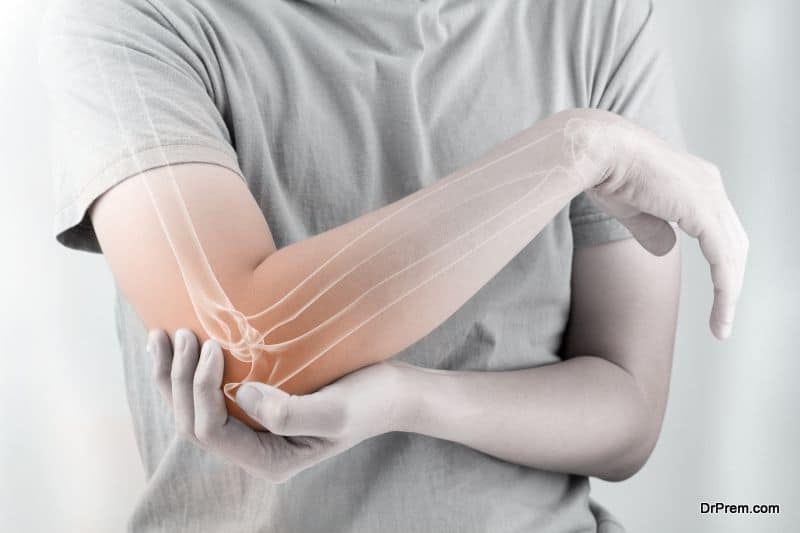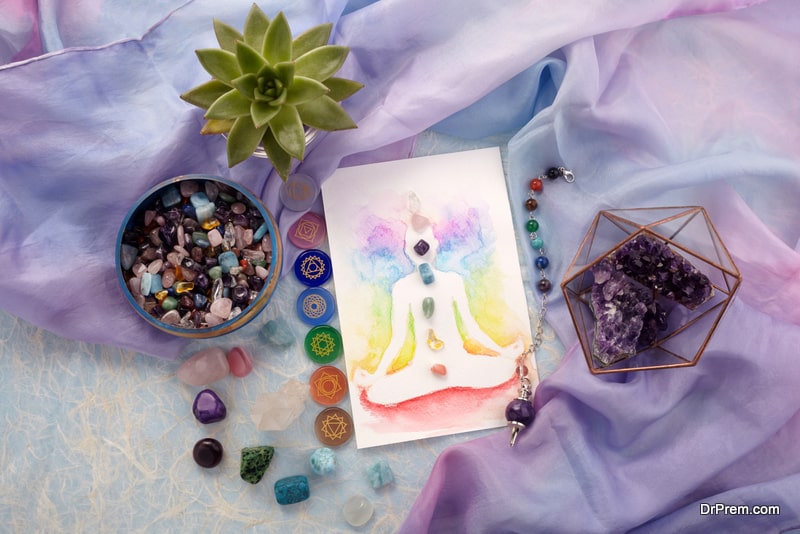In simple terms, Osteoporosis is a degenerative bone disease that takes its toll as we go on aging. This phenomenon occurs due to loss of bone density, which also leaves the remnant bones more susceptible to fractures and breaks. Fortunately, there are some specific Yoga poses that can strengthen your bones. However, it is highly important to practice such poses in their modest (and modified to be easy) forms, in consultation with instructors because some of the postures could be strenuous in their true embodiments.
Tree Pose
Also known as Vrksasana, this standing upright pose is good for developing intrinsic concentration along with discipline. Requiring some credible amount of balance, you should fix your mind on a singular object. The posture involves the planting of the feet (analogous to root) firmly on the ground, while your raise your arms and fold your palms in a ‘Namaste’. For beginners, they can also start the pose by sitting on a chair instead of standing.
Camel Pose
Also known as the Ustrasana, this fun pose allows you to mimic the one and only camel. With your knees as the support, the posture requires a full bowing of the body (with both of the legs on the ground). Then you can grab at your heel from behind, in the process creating an outward arc along the belly region. Now, as an Osteoporosis variant, you can also keep a chair behind you, thus making use of the chair base instead of your heels as the support.
Revolved Triangle Pose
Also known as Parivrtta Trikonasana, this posture has been developed to act as a warming up session for more complex Yoga poses. Extremely helpful in making the body flexible, the pose in itself requires you to stand in Tadasana. Then you need to bend forward, with your upper torso parallel to the ground, and your right palm touching your left feet. Correspondingly, the left arm needs to be outstretched towards the ceiling in alignment with the downward right arm.
Bridge Pose
Also known as Setubandha Sarvangasana, this is an inverse position which flexes and massages your thyroid gland. For the pose, you require to lie on your back with your knees bent and feet slightly apart. Then you need to reach your heels with your fingertips. Finally, when this is achieved, you have to raise your hips from the ground by pressing through your knees and heels. During this posture, you need to take your arms up and keep them grounded below the gluteus. After this you need to roll your shoulder blades for around 45 seconds.
Warrior One
Also known as Virabhadrasana, this classic standing pose requires you to move your left foot and put it at an angle (preferably 45 degrees) to the ground. The right foot should be taken forward, so that your knee is aligned vertically to your ankle. Now, you can put both your arms above your head, and then fold your palms like a ‘Namaste’. When this pose is set, you need to keep your view along your thumb region, with the hip and torso staying stationary and the pressure being released at the feet. This strengthens both your upper and lower body.








